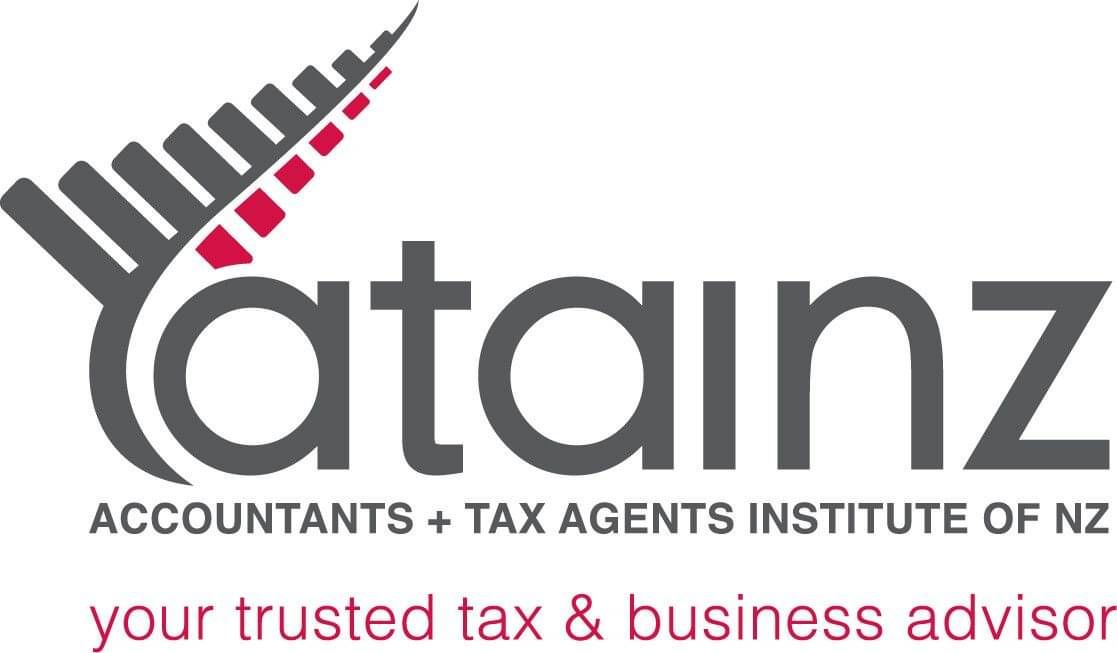Rewarding your team with vouchers or trips? Providing a car or a gym membership? FBT can be tricky, so make sure you’re calculating the true cost of employee perks.
What is fringe benefit tax?
Fringe benefit tax, or FBT, is a way of taxing employee benefits. It’s designed to make sure people are paying tax on all types of income, including perks.
The single-rate FBT is 63.93%. The short form alternate rate is 49.25%. There are four options for calculating FBT, and you can read about FBT rates in more detail here on the Inland Revenue website.
Does your business need to pay FBT?
Fringe Benefit Tax may apply if you provide perks for any of your employees.
These might include a car they can drive for personal use, or personal travel, or a gym membership, for instance. Deductible entertainment expenses are also subject to FBT – vouchers for hitting sales targets, for instance. Low-interest loans and some types of contributions to funds or insurance policies may also be liable for FBT.
Paying tax on these fringe benefits can change the overall cost of employee perks, so you should take FBT into account when you calculate the true price of perks. Don’t worry, we’re here to help.
What about public transport?
From 1 April 2023 certain public transport benefits may be exempt. They need to be provided mainly for the purpose of the employee travelling between work and home and be one of the exempt transport options. This means your business can now provide public transport passes for employees and no longer need to pay FBT on these costs.
What should you do?
If your business provides any perks to team members, give us a call or send us an email. We can help you understand the complete costs of those perks in the upcoming tax year and explain how the different options might work for your company.






